The African ITU region primarily encompasses sub-Saharan Africa, a vast area marked by diverse terrains, cultures, and economies. This region excludes the Arab states of North Africa, focusing instead on a mix of developing nations that are experiencing varied growth trajectories. From the bustling metropolises of Nigeria and South Africa to the vast savannahs of Kenya and the deserts of Namibia, the African region contains peoples of rich traditions, languages, and histories. In the context of telecommunications, it represents a dynamic market with immense potential, driven by a young, tech-savvy population.
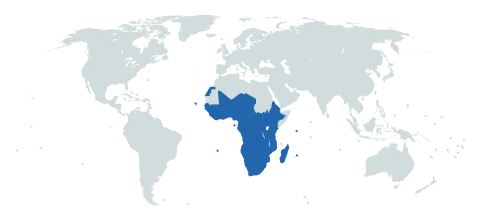
4G Coverage & Internet Use (% of Population)
Top Ten 4G Bands
Countries
The are 55 countries in this region.
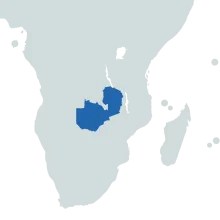
Zambia, located in south-central Africa, is a landlocked nation with geographic features that include rugged terrain, vast plains and high plateaus. The population of about 19.5 million people is spread unevenly, with a high concentration in the capital, Lusaka, and the Copperbelt Province. These areas, due to their density, have relatively better access to infrastructure. In contrast, the rural ...
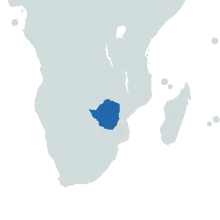
Zimbabwe, located in southern Africa, is landlocked, with a diverse topography ranging from highveld, balancing boulders and flaming msasa trees, to laidback towns, lush mountains and lifeblood rivers. Its population is unevenly distributed, with a high concentration in the capital city, Harare, and other major cities, such as Bulawayo and Chitungwiza, but rural areas are significantly less ...
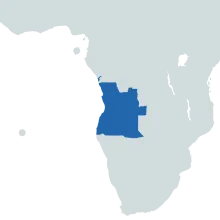
Angola's telecommunications landscape presents unique challenges due to its substantial geographical expanse and uneven population distribution, with concentrated urban centres and large, sparsely populated rural regions. The country is focusing robustly on enhancing its infrastructure, with significant investment in submarine cables and satellite systems, fostering a unique solution to the ...
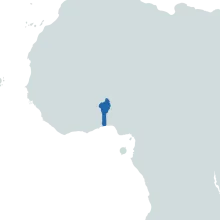
Benin, a West African nation, faces unique challenges in the sphere of technologies and telecommunications due to its geographical features and population distribution. The country's predominantly rural population, scattered across varied terrains from coastal plains to semi-arid regions, poses a demanding task for the provision of equitable and efficient telecommunication services. Despite this ...
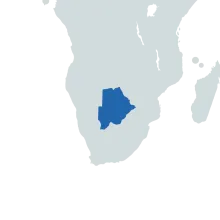
Botswana, located in landlocked southern Africa, faces technological and infrastructural challenges due to its sparse population distribution and large, remote territories. Despite these challenges, the country has made strides in telecommunications through the Botswana Communications Regulatory Authority, which has pushed for the development of robust mobile and broadband services. Recent network ...
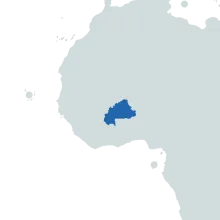
Burkina Faso, landlocked in the heart of West Africa, experiences unique technological challenges due to its geographical location and population distribution. Much of the country is rural with only about 30% of its 20.3 million-strong population living in urban areas, which creates disparity in telecommunication access between urban and rural regions. Informal, small-scale solutions like phone ...
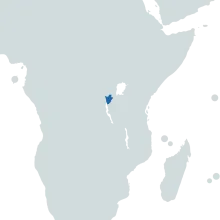
Burundi is a landlocked nation located in the Great Rift Valley in East Africa, with a population distribution heavily leaning towards rural areas. Given its challenging geography, including mountainous terrain, the country has faced difficulties in deploying widely accessible telecommunications infrastructure. Despite a lack of foundational infrastructure, mobile technology has experienced rapid ...
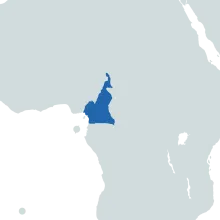
Cameroon's geography presents a unique mixed terrain with mountains in the northwest, coastal plains in the southwest, and the savannah and rainforest in the central and western regions. This diverse topography coupled with uneven population distribution, mainly concentrated in large cities like Douala and Yaoundé, has induced challenges for infrastructure deployment, specifically in the ...
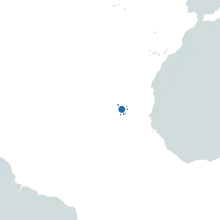
Cape Verde is an island nation located off the northwest coast of Africa, comprising 10 islands with a dispersed population of around 590,000. Given the geographical layout, the country has faced unique challenges in terms of telecommunications and technology infrastructure. To overcome these, innovative solutions include the use of satellite and microwave technology to aid in cross-island ...
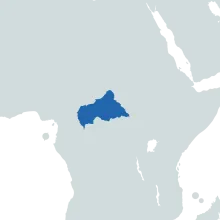
The Central African Republic (CAR) presents a challenging environment for technological and telecommunications development due to its vast yet sparsely populated geography, poor infrastructure, and ongoing civil unrest. This landlocked country is predominantly rural with a concentration of its populace in the capital, Bangui. Addressing the rural-urban divide is one of the keys to improving ...
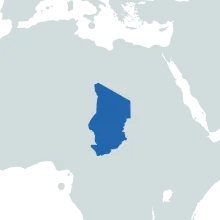
Chad, a Central African landlocked country, grapples with technological and telecommunications challenges due to geographical factors and population distribution. Encompassing harsh desert, lake, and savannah territories, it is a large landmass and provides limited access to urban centres for the majority of its 17.3 million residents (2023). Infrastructure solutions in Chad often rely on ...

Comoros, located off the southeast coast of Africa, is an archipelago consisting of three major islands, with a total land area of about 1,659 sq. km. The nation's population of over 820,000 is distributed unevenly across these islands, posing unique challenges for infrastructure development. Technological advancement is at an early stage, with just over than 27% of the population having access to ...
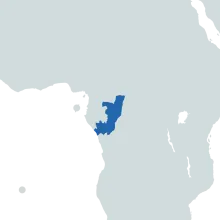
Republic of the Congo, positioned in Central Africa, has a varied geography from wet lowlands to mountainous terrain. This uneven distribution poses a challenge to the implementation of technology and telecommunications infrastructure. Despite this, the country is making strides in these sectors, with its urban populations, particularly in Brazzaville and Pointe Noire, experiencing enhanced ...
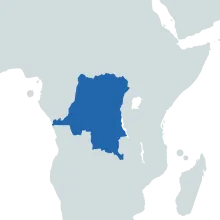
Congo-Kinshasa, officially known as the Democratic Republic of the Congo (DRC), is a vast African nation with geographical features ranging from the rainforests of the Congo Basin to the highlands and savannas in the south. The country's population is unevenly distributed, largely concentrated in urban areas like Kinshasa, Lubumbashi, and Mbuji-Mayi. Its substantial rural population often faces ...
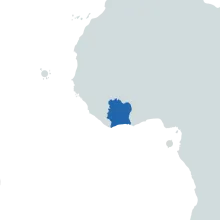
Côte d'Ivoire, also known as Ivory Coast, is located on the West African coast and is a country with diverse topography that ranges from coastal plains in its southern region to mountain ranges in the west. The country's population is highly concentrated in urban areas like Abidjan and Yamoussoukro, with a significant portion still residing in rural regions. This urban-rural divide and ...